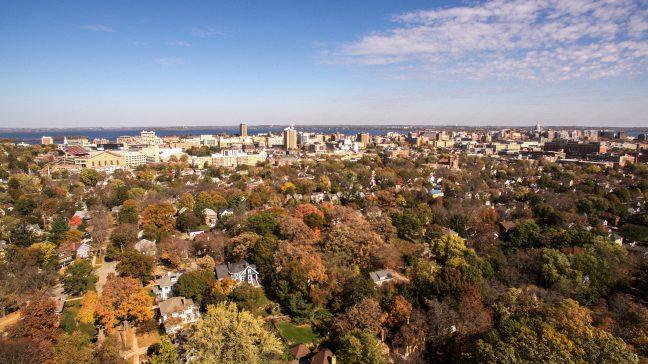On average, students with bachelor degrees earn 21 percent more than students with associate’s degrees, 50 percent more than students who have no education beyond completing high school and 97 percent more than students without a high school diploma or its equivalent. Thus, it is evident that higher education is crucial to future earning power and financial stability. Despite the importance of this investment, however, Congress has become trapped in a partisan gridlock, which has made it difficult to address the issues facing higher education, including rising tuition costs and student debt.
But President Barack Obama, understanding the benefit and importance of an educated workforce, has been a leader in higher education reform and has moved past partisan politics in order to make higher education more accessible to all students. Since coming into office in 2009, for instance, Obama has expanded the number of recipients of Pell Grants by 50 percent while increasing the maximum award for the grants by more than $900. This expansion, which provides financial aid to low-income students, has made a significant impact in making college more affordable. To address the issue of growing student debt, Obama recently implemented a “pay as you go” program, which allows students to cap loan payments at 10 percent of monthly income. This benefits students tremendously by allowing them to establish themselves financially as they transition from college to the workforce.
Most recently, Obama unveiled a new plan to give incentives to schools that experiment with new ways to save students money. This includes schools that make the shift to competency-based graduation requirements, provide more online classes for appropriate subjects and build partner programs with high schools, so students can get ahead in working on their degree while reducing the overall cost of college. Obama has also proposed adopting a rating system in order to help students find schools that provide quality education at a fair price. Therefore, by taking the initiative to encourage schools to self-reform, and by helping students make financially feasible decisions, Obama is saving students money.
Despite partisan gridlock, Democrats in Congress like Sen. Tammy Baldwin, have followed Obama’s leadership in investing in higher education. In 2009, for example, Baldwin supported Obama’s Student Aid and Fiscal Responsibility Act, which made significant changes to the federal student loan program while removing 60 million from banks that were profiting off the system. In addition to supporting the expansion of Pell Grants, Baldwin most recently advocated for a bill that cut interest rates for student loans in half, thus reducing the burden of debt on students.
In the Wisconsin state legislature, Sen. Dave Hansen, D-Green Bay, and Rep. Cory Mason, D-Racine, have also taken the initiative to support students in their higher education pursuits through their proposal of the “Higher Ed, Lower Debt” bill. Specifically, the bill allows students to refinance their student loans in order to take advantage of lower interest rates, which gives students more control of their financial repayment plans. The bill further reduces the burden of student debt by allowing students to deduct loan payments from their state taxes while providing more transparency in lending and loan counseling services. This would provide much needed financial relief for students making debt repayments, while also ensuring that borrowers are able to make informed choices about their financial futures.
From the Presidency to Congress to our own state legislature, Democrats understand the importance of higher education that is affordable and accessible to all. In the words of President Obama, “higher education shouldn’t be a luxury, or a roll of the dice; it’s an economic imperative that every family in America should be able to afford.” As an “economic imperative,” if we invest more in affordable higher education, as Democrats at all levels of government have done, we will have a more educated workforce, a stronger middle class and a more prosperous nation.




















